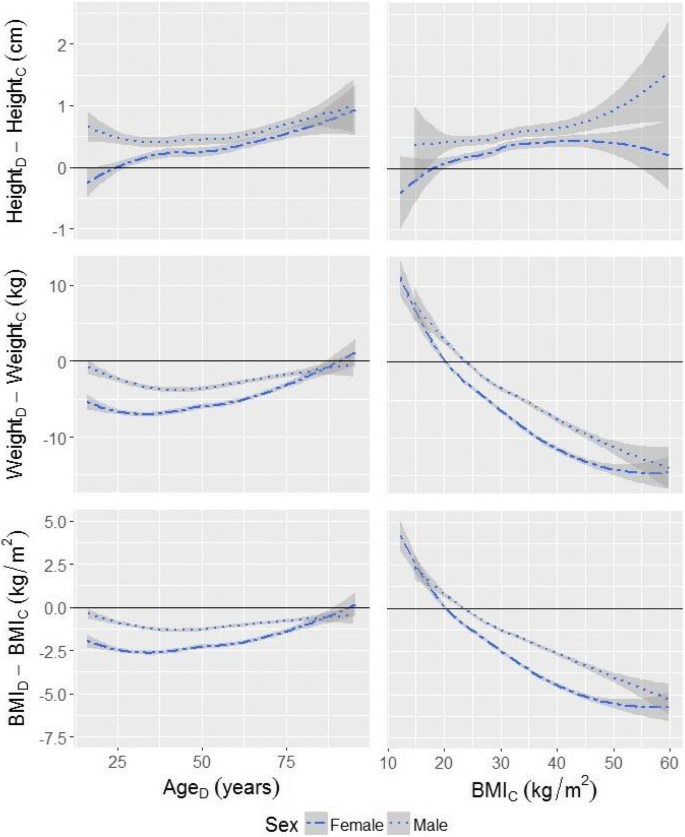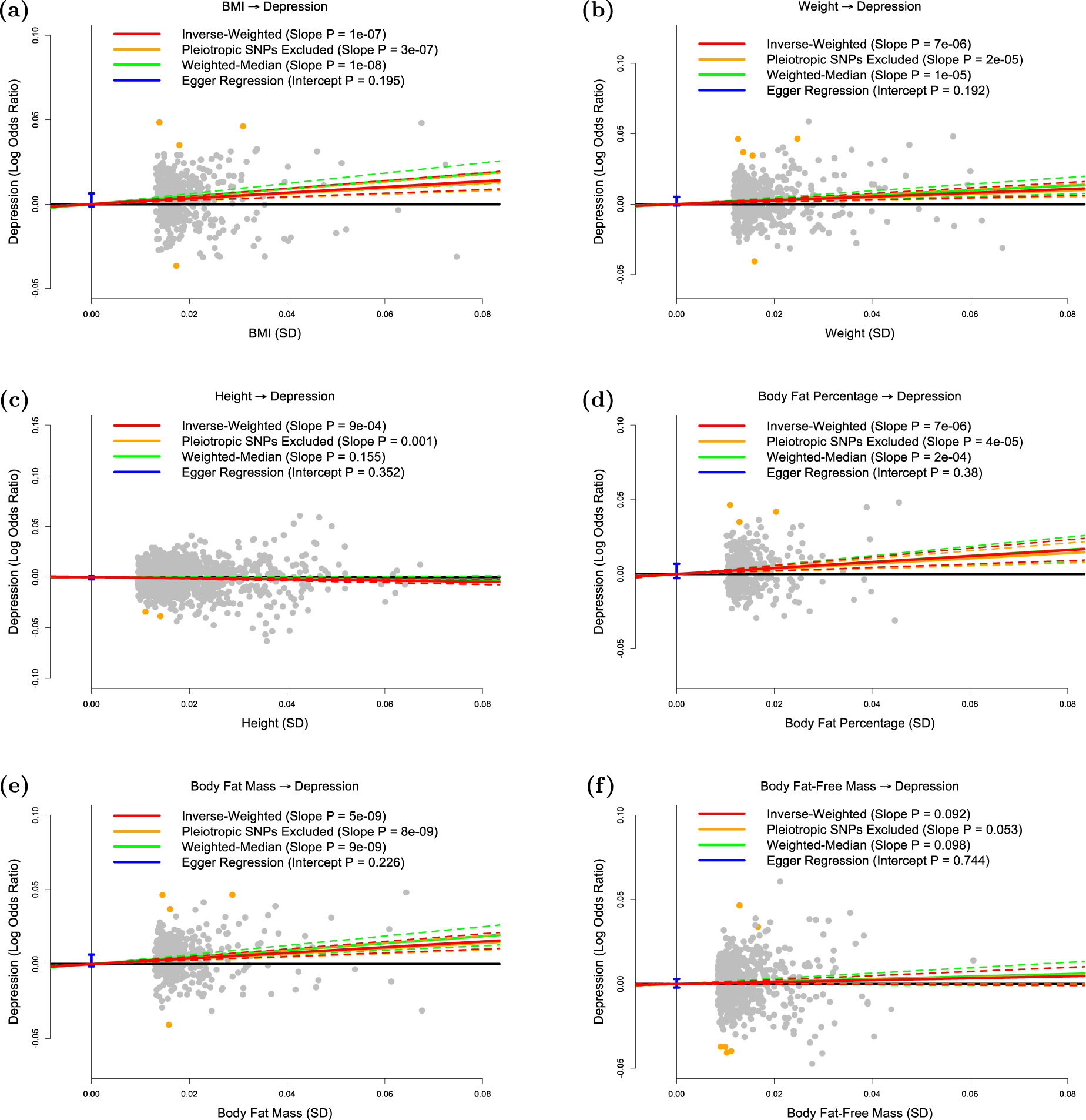The use of self reported data in epidemiological surveys leads to misclassification of the prevalence of obesity as the participants overestimate or underestimate height weight andor both. Online surveys were conducted among 3008 adult pwo bmi30 by self reported height and weight and 606 hcps.

Examining Validity Of Body Mass Index Calculated Using Height
Self reported weight and height implications for obesity research. In the present study selfreported information on weight and height underestimated the prevalence of obesity considerably compared with measured data. There were strong correlations between measured and self reported values in weight height and bmi for both men and women spearmans correlation for men and women respectively. Misreporting is apparently influenced by employment and disability and has the potential to complicate recruitment of subjects for research studies. Age and measured bmi were important factors for misreporting height weight and bmi in both men and women. Obese women who seek weight loss assistance tend to under report their weight and over report their height suggesting that self reported data are likely to be inaccurate. Self reported weight and height implications for obesity research.
095 and 097 for weight 094 and 094 for height 091 and 095 for bmi table table1 1. Pwo with weight loss 10 during the previous three years were more likely to have been diagnosed with obesity and to have discussed a weight loss plan with an hcp. Such misclassifications vary according to gender age status and ethnicity.
















